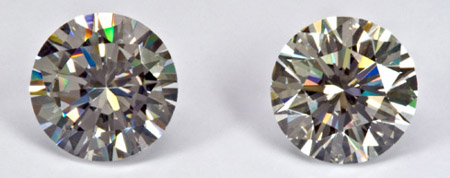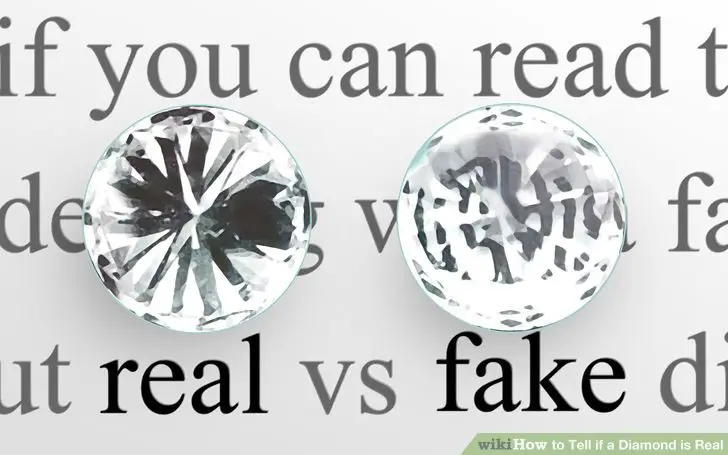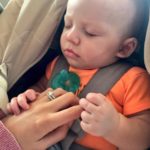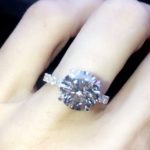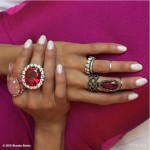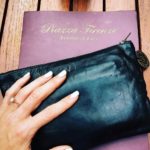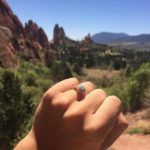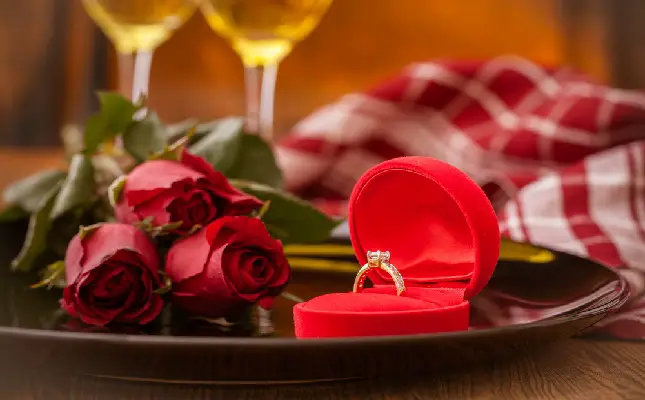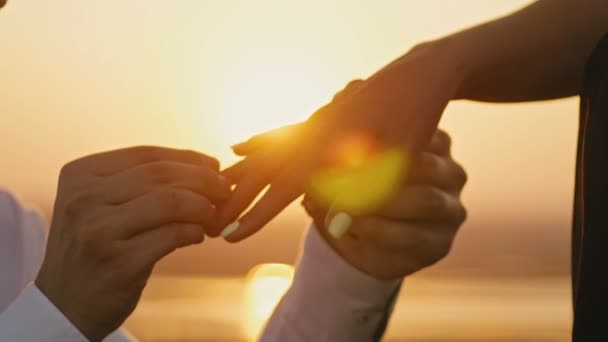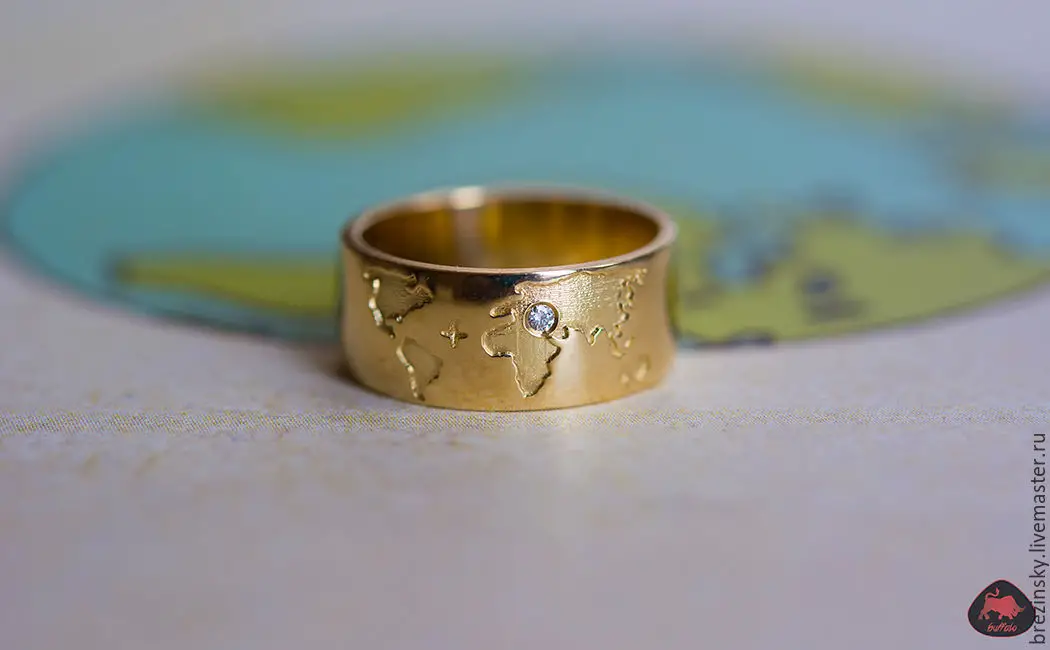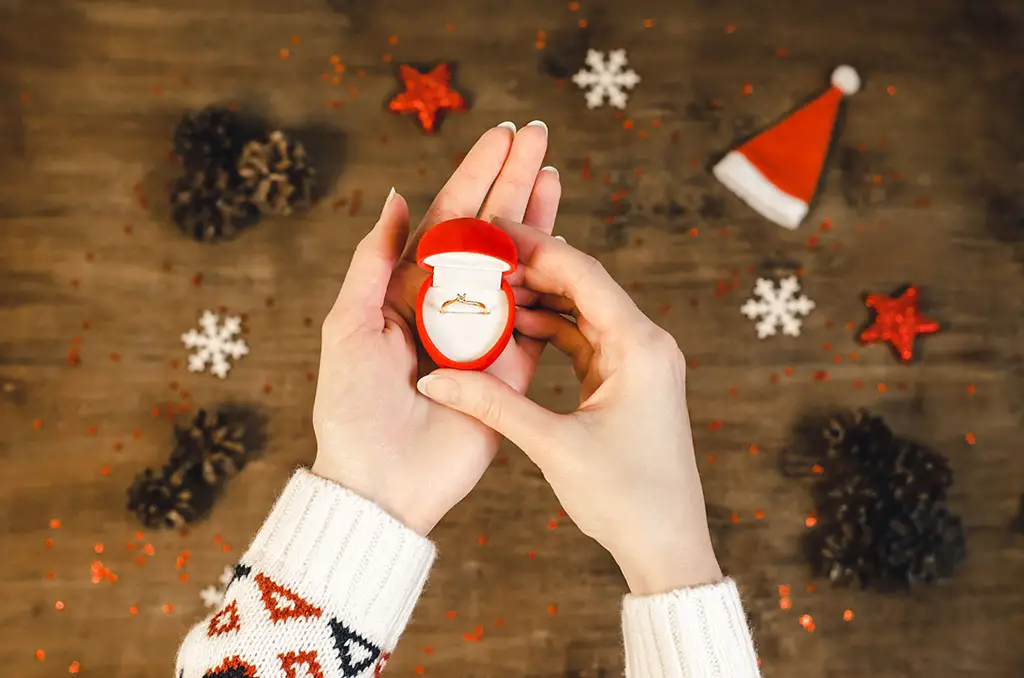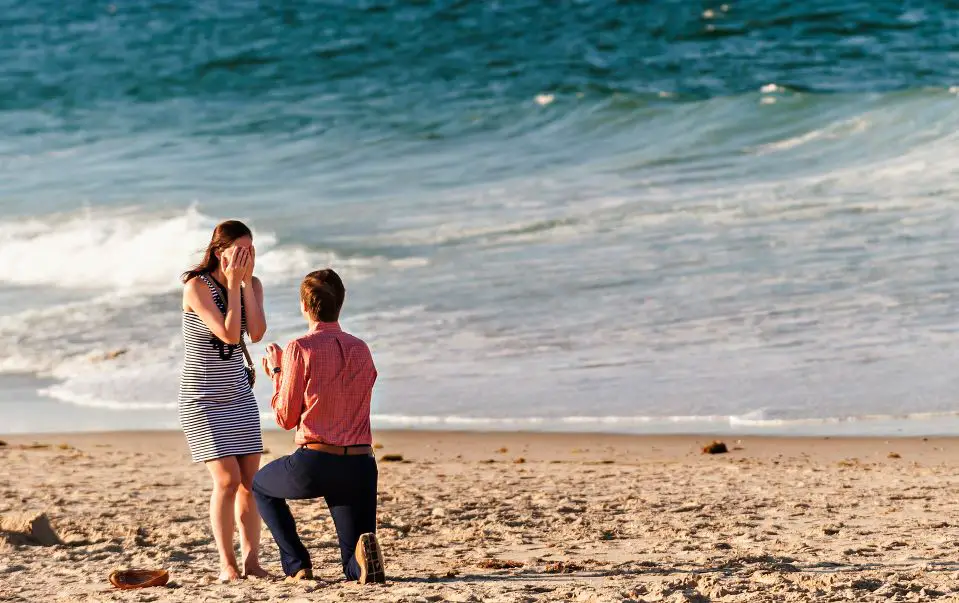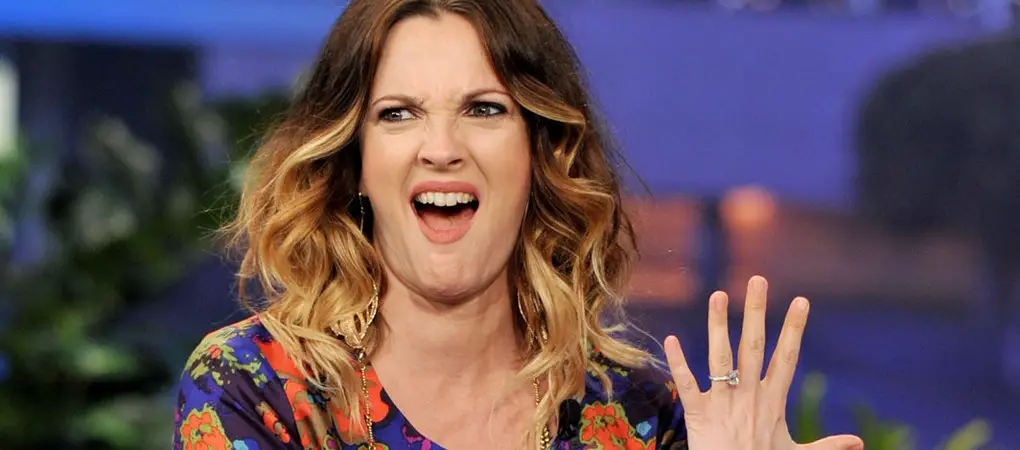We’re not saying your jeweller (or your fiance) is dishonest. But when you’re ring shopping, knowing how to tell a good quality diamond from a bad quality or fake one is a pretty useful skill to have. Here’s our whistle stop guide…
Common Sense
First and foremost, if a stone is mounted in a well made, precious metal setting, it’s most likely a real diamond. A precious gemstone in a cheap setting is like a fine wine served at McDonalds; it just doesn’t happen. Price SHOULD also give you an indication of quality if you’re visiting a reputable jeweller. The more expensive diamonds will be better quality, have greater clarity, less flaws, and so on (not necessarily a bigger carat number). But if your gut is telling you something’s not right, don’t be afraid to listen to it.
Refraction
This fancy word has a simple meaning; refraction is how your diamond fractures and scatters the light that enters it, or in other words, one of the things that makes diamonds pretty and sparkly. If you’re looking at a loose diamond, place it over a piece of newspaper. If you can still read the words, you’re holding a fake; real diamonds will obscure the text, kind of like a kaleidoscope.
If you shine a light through your stone and see a rainbow, that’s a sign of double refraction. You most likely have a ‘man made’ rather than ‘natural’ diamond on your hands, i.e. moissanite. That’s not necessarily a bad thing; moissanite is identical to diamond, just with better environmental credentials (lab grown instead of mined) and and a cheaper price tag (often less than half the cost of a similar ‘natural’ diamond).
Fire and Scintillation
A diamond’s fire is the flashes of light and colour that you see when you move it around in the light. Good quality diamonds will have that dazzle factor, that captivating glint that can’t help but the catch the eye. Faux diamonds just won’t have it to the same extent. Scintillation, on the other hand, is the play of light and dark within the diamond. You’re looking for intense light rather than rainbow or coloured light, and shadows that complement the light instead of looking like they shouldn’t be there.
Other Tests
If you fog up a diamond with your breath, it should clear instantly if it’s real. If it takes longer than a few seconds, it’s not the real deal. If you’re feeling brave, try dropping your loose diamond into a glass of water; it should sink immediately due to real diamond’s natural high density. Professional jewellers can also undertake heat, weight, and microscopic, and UV testing if you’re really unsure about your stone.
Paperwork!
A certificate from a recognised laboratory, like the GIA, AGS, IGI, EGL, and a few select others is the ultimate proof that your diamond is genuine. It will come packaged with your diamond when you purchase your ring (if your jeweller is a good one), and will give a run down of all the technical detail of your stone. So always, always get a certificate!
